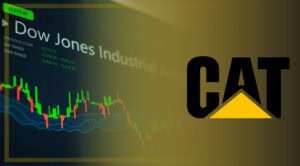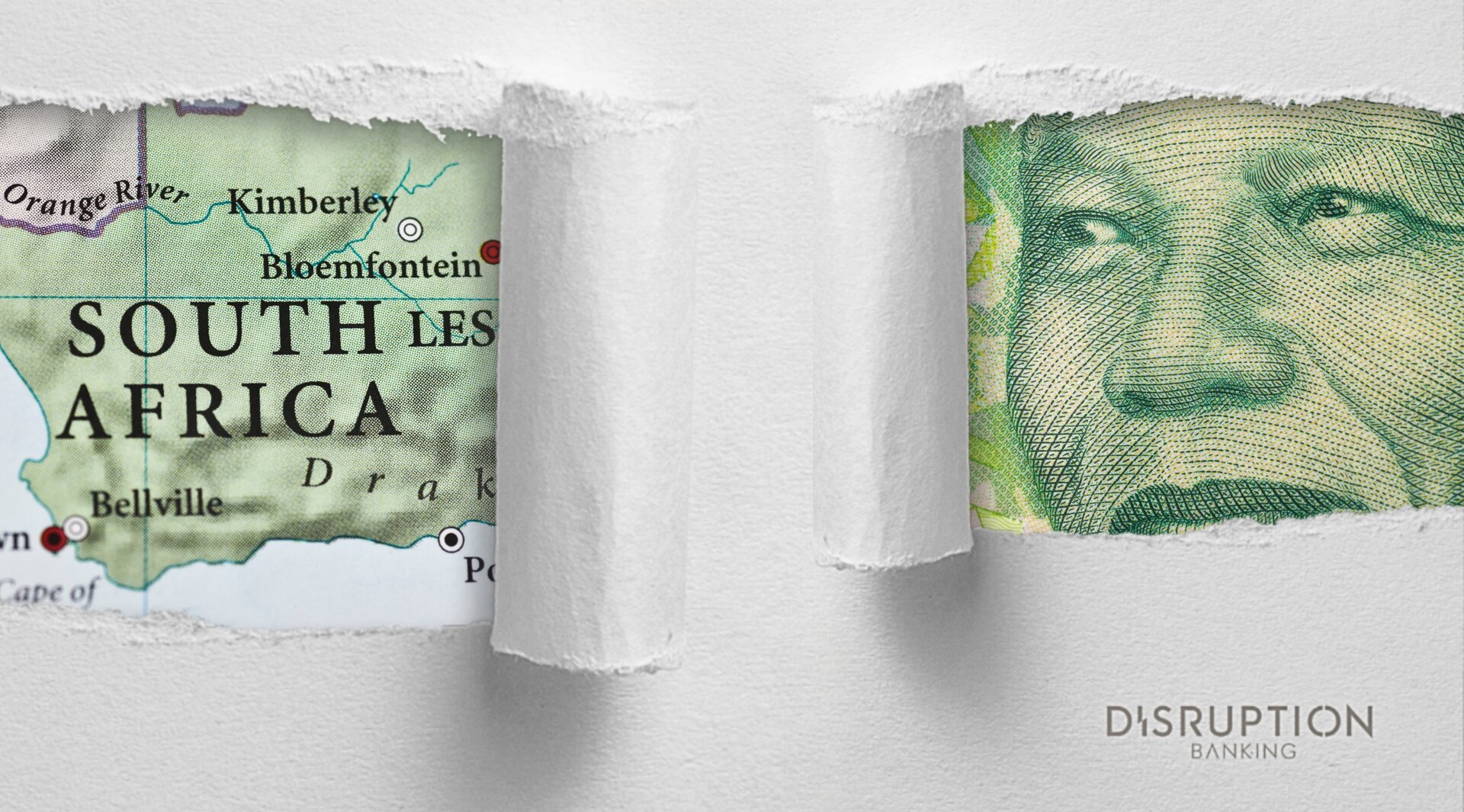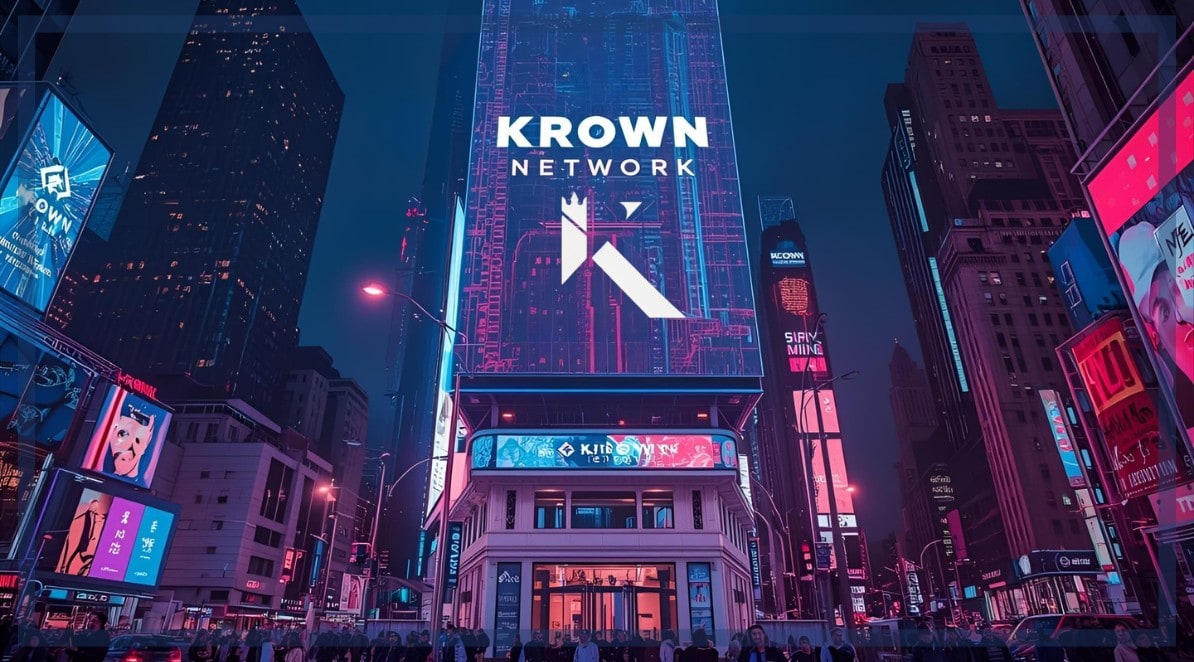Geopolitical risks keep Defence on top, while Cathie Wood’s high-conviction AI strategy adds both fuel and risk to the thematic battleground.
Europe’s thematic ETF flows have rocketed to $13.1 billion year-to-date, as investors double down on high-conviction megatrends that blend cutting-edge innovation with geopolitical necessity. At the heart of this surge lies a dramatic contest: Artificial Intelligence ETFs, rising 133% since June, are rapidly closing in on Defence ETFs, which continue to dominate flows on the back of rising global conflict.
Cathie Wood, the CEO and chief investment officer of Ark Invest, and a pioneer of disruptive investing, is intensifying her focus on AI while launching buffer ETFs to manage volatility. Her moves reflect both the promise and pitfalls of megatrend investing. Investors want long-term conviction themes, but not everyone agrees on how much risk should come with them.
The competition between AI and Defence ETFs is redefining Europe’s investment landscape. Defence still commands the largest share, attracting $9.86 billion across global and European funds, yet the late-summer momentum of AI has made it the fastest-growing theme of 2025.
AI’s Surge: From Hype to Core Trend
For investors, thematic ETFs are the frontline of where capital is being deployed in a shifting macro environment. AI inflows are no longer episodic; they’re structural. Investors want exposure to real-world applications, not just hype.

Rahul Bhushan, Managing Director at ARK Invest Europe, notes that “With geopolitical risks, breakthroughs in generative models and AI-led innovation, investors are expressing high conviction views on megatrends rather than broad, undifferentiated exposures. It’s clear that thematic ETFs are no longer just tactical bets; they’re core strategic exposures.”
Cathie Wood has echoed this, arguing that the most transformative AI applications may emerge in healthcare and genomics, extending well beyond big-tech names. ARK has also highlighted the AI value chain (chips, data centres, and enterprise software) as the real drivers of long-term returns
The appeal lies in real-world applications: generative models being deployed in enterprise software, semiconductors powering AI infrastructure, and robotics reshaping supply chains. Investors are betting not only on technological disruption but on the commercialisation of these innovations, from cloud providers to chipmakers.
“We view artificial intelligence as a persistent structural theme that will drive innovation for years to come. However, the launch of this consumer-facing technology led all aspects of the AI value chain—from GPUs and large language models to data centers and power generation—to surge in popularity.” – BlackRock
Defence: Geopolitics Fuels Dominance
While AI is gaining ground fast, Defence ETFs remain the dominant force. Year-to-date, the sector has attracted $9.86 billion, split between Global Defence (+$5.93 billion) and European Defence (+$3.92 billion).
Investor appetite has been reinforced by geopolitical shocks, NATO rearmament commitments, and surging procurement budgets. Governments across Europe have pivoted toward long-term military spending, driving allocations to aerospace, drone technology, cyber-defence and strategic manufacturing.
This positioning underscores the difference between Defence and AI: while AI excites with growth potential, Defence reassures with its alignment to long-term geopolitical priorities.
Investors are piling into defense stocks:
— The Kobeissi Letter (@KobeissiLetter) October 18, 2025
Aerospace & Defense ETF inflows hit +$8.2 billion in the first 3 quarters of 2025.
This marks a +573% surge compared to 2024 levels.
Monthly inflows peaked at +$1.6 billion in June before moderating to +$634 million in September.… pic.twitter.com/fVzRbv4WrS
Interestingly, even ARK, best known for betting on disruptive innovation, has tiptoed toward defence-adjacent plays where technology overlaps with security spending, such as drones and cyber-intelligence. It’s a subtle but telling acknowledgement that the Defence trade is no longer avoidable, even for managers built on the language of disruption.
Uranium and Cybersecurity: Rising Stars
Beyond the headline battle, other themes continue to draw steady inflows:
- Uranium ETFs: +$594 million YTD, benefitting from a renewed nuclear push in the clean energy transition.
- Cybersecurity ETFs: +$388 million YTD, underpinned by escalating cyber threats and demand for digital resilience.
Though smaller in scale, these flows highlight how investors are seeking exposure to energy security and digital safety. Megatrends that complement the twin giants of AI and Defence, investors want long-term conviction themes, not short-term trades.
For Wood, cybersecurity has often been bundled into her broader “innovation basket.” But the flows show investors are now treating it as a standalone megatrend, suggesting that parts of ARK’s narrative are being sliced up and commoditised through ETFs.

Regulation: Taming the ETF Boom
The rapid growth of thematic ETFs has caught the attention of regulators. In both the UK and the US, tighter rules on marketing and disclosures are reshaping how these products are sold to retail investors.
- The UK Financial Conduct Authority (FCA) extended its 2025 cryptoasset marketing rules to thematic ETFs. Providers must now ensure promotions are “clear, fair, and not misleading,” with fines of up to £25,000 for non-compliance.
- The U.S. SEC is investigating AI ETF disclosures after a 2024 scandal revealed $300 million in misstated holdings.
Regulators argue these moves are necessary to protect novice investors drawn to megatrend narratives without fully understanding the risks.
This regulatory layer adds a new dimension to the AI vs Defence battle: can investor excitement be sustained under stricter oversight?
The rise of new product structures underscores this tension. Here too, Cathie Wood offers a case study. In 2025, ARK filed for a series of “buffer ETFs,” designed to cap downside while retaining some upside from disruptive themes like AI. For retail investors wanting conviction exposure to AI, they promise lower volatility; for critics, they show how far innovation managers must now bend to regulatory and market pressure. Either way, it’s a reminder that thematic conviction increasingly comes wrapped with complex structures, due diligence and fine print.
This regulatory caution mirrors concerns in crypto markets, where over $2.17 billion was lost to scams and theft in H1 2025. The lesson is clear: whether it’s digital assets or ETFs, innovation attracts capital. However, without robust guardrails, investors risk being caught in the crossfire between narrative and reality.
This reflects a broader investor repositioning. In a world of volatile interest rates, geopolitical instability, and rapid technological adoption, broad market exposures feel blunt. Thematic ETFs, whether in Defence, AI or energy, offer investors sharper, conviction-led bets.
Conclusion: Capital’s New Battleground
The story of 2025’s ETF flows is not just about growth, but about competition and convergence.
- Defence ETFs remain the dominant player, backed by structural political realities.
- AI ETFs are the fastest risers, fuelled by technological breakthroughs and enterprise adoption.
- Cathie Wood’s strategies illustrate both sides of the thematic coin: bold conviction on innovation, but new hedges like buffer ETFs that reveal just how fraught the battleground has become.
- Regulatory scrutiny is tightening, ensuring that innovation’s promise does not overheat into speculative excess.
For investors, the message is clear: megatrends are no longer side bets. They are the battleground where capital is being fought over, defended, and deployed. For investors, the message is clear: megatrends are no longer side bets.
Author: Caroline Adams
The editorial team at #DisruptionBanking has taken all precautions to ensure that no persons or organizations have been adversely affected or offered any sort of financial advice in this article. This article is most definitely not financial advice.
See Also:
Can Cathie Wood’s Ark Invest Regain Momentum? | Disruption Banking
Megacaps Struggle Flags Other Opportunities, says ARK Invest’s Cathie Woods | Disruption Banking
ARK Invest Surpasses $1 Billion In AUM Across Its European Funds | Disruption Banking














